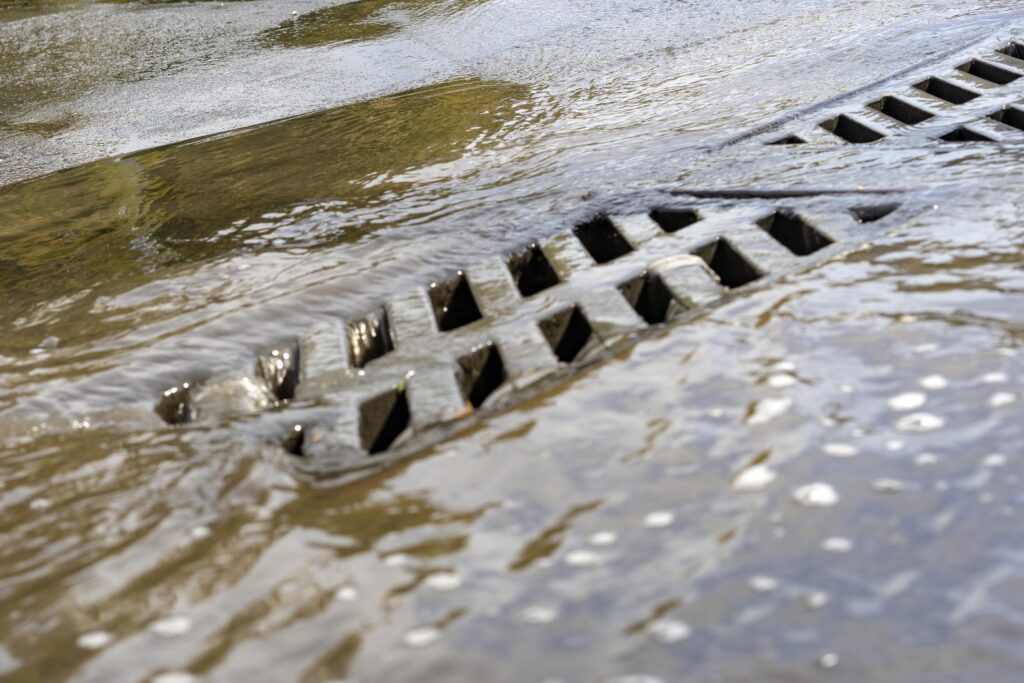
Flooding Is Real
As climate change creates extreme rainfall, rising sea levels, and more intense hurricanes, the proportion of people across the globe living in flood-prone areas is growing. But no matter where you live, and especially along the coast, no one is exempt from flood risk – where it rains, it can flood.
Flood Insurance May Be a Really Good Idea
- Homeowners and renter’s insurance do not typically cover flood damage.
- Just one inch of water can cause $25,000 of damage to your home.
- More than 20 percent of flood claims come from properties outside high-risk flood zones.
- Flood insurance can pay regardless of whether there is a presidential disaster declaration.
- Disaster assistance comes in two forms: a U.S. Small Business Administration loan, which must be paid back with interest, or a FEMA disaster grant, which is about $5,000 on average per household. By comparison, the average flood insurance claim payment is significantly higher and does not have to be repaid.
National Flood Insurance Program
The City of Rehoboth Beach participates in the National Flood Insurance Program (NFIP), managed by the Federal Emergency Management Agency (FEMA). As a participating community, the city has adopted floodplain management practices for development within Special Flood Hazard Areas (SFHA), which are 100-year floodplains (areas inundated by a storm that has a 1% or more chance of happening in any given year). For properties with any portion located within the 100-year floodplain, regardless of structure location, a flood insurance policy may be required.
The NFIP makes federally backed flood insurance available for all buildings, regardless of whether they are in a SFHA. Please be aware that many homeowners’ insurance policies do not cover flood damage. NFIP provides two types of coverage:
- structural coverage for walls, floors, insulation, furnaces, and other items permanently attached to the structure
- content coverage, purchased separately, protects contents in an insurable building.
The City of Rehoboth Beach floodplain ordinance requires that all new structures and substantially improved structures be constructed a minimum of one foot above the base flood elevation (BFE) as noted on the city’s Flood Insurance Rate Map (FIRM).
Community Rating System (CRS)
The City of Rehoboth Beach participates in the Community Rating System (CRS), which is part of the NFIP. It is a voluntary incentive program that recognizes and encourages community floodplain management activities that exceed minimum NFIP requirements. Flood insurance premium rates are discounted to reflect the reduced flooding risk resulting from a community’s actions to meet the three CRS goals:
- reduce flood losses
- facilitate accurate insurance rating
- promote awareness of flood insurance.
The City of Rehoboth Beach currently has a CRS rating of 8 (on a scale of 1-10), which provides for a 10% reduction in flood insurance premiums.
Assistance with Flood-Related Information
Residents may obtain flood-risk information, including basic map information, copies of elevation certificates when available, and other flood-related information by contacting the city’s building and licensing department.
Want to know the flood zone of your property to determine your flood risk? Visit the FEMA Flood Map Service Center. Paper copies of the city’s Flood Insurance Rate Maps (FIRMs) may be viewed in the building and licensing department. If you need help interpreting a map, contact the floodplain administrator.
Elevation Certificates
If you have determined that your house lies in a flood zone, a Flood Elevation Certificate can provide information about how high your house was built in relation to that flood zone. These certificates are required for all new construction and substantial improvements.
The building and licensing department maintains elevation certificates for properties that have been substantially improved or constructed in the City of Rehoboth Beach since August 2003.
Flood Preparedness and Mitigation
Be prepared should flooding occur.
Prepare to shut off electricity and gas.
Know how to shut off the electricity and gas to your house (or buildings/structures).
Make an emergency list.
Make a list of emergency numbers and identify a safe place to go to if you must evacuate.
Store important documents.
Store insurance policies, valuable papers, medicine, etc. in a safe, dry place.
Make a list.
Make an inventory list, including taking photos, of the contents of your home.
Develop a plan.
Develop a disaster preparedness plan. See links provided in the resources card at the top of this page.
Locate your breaker box.
Mark your fuse or breaker box to map the circuits to floodable areas.
Turn off basement power.
Turning off the power to the basement can reduce property damage and save lives.
Consider Undertaking Permanent Flood-Protection Measures
Flood-proof your structure.
Consider floodproofing your structure or elevating it above flood levels.
Check for water entry points.
Check your building for water entry points. These can be basement windows, basement stairwell, doors, and dryer vents. These entry points can be protected with low walls or temporary shields.
Install a sewer backflow device.
Install a sewer backflow device to prevent backflow drainage from entering your drains.
Note that some flood-protection measures may require a building permit; others may not be safe for your type of building. Be sure to talk to the building and licensing department at 302-227-6181, ext. 222 before proceeding.

